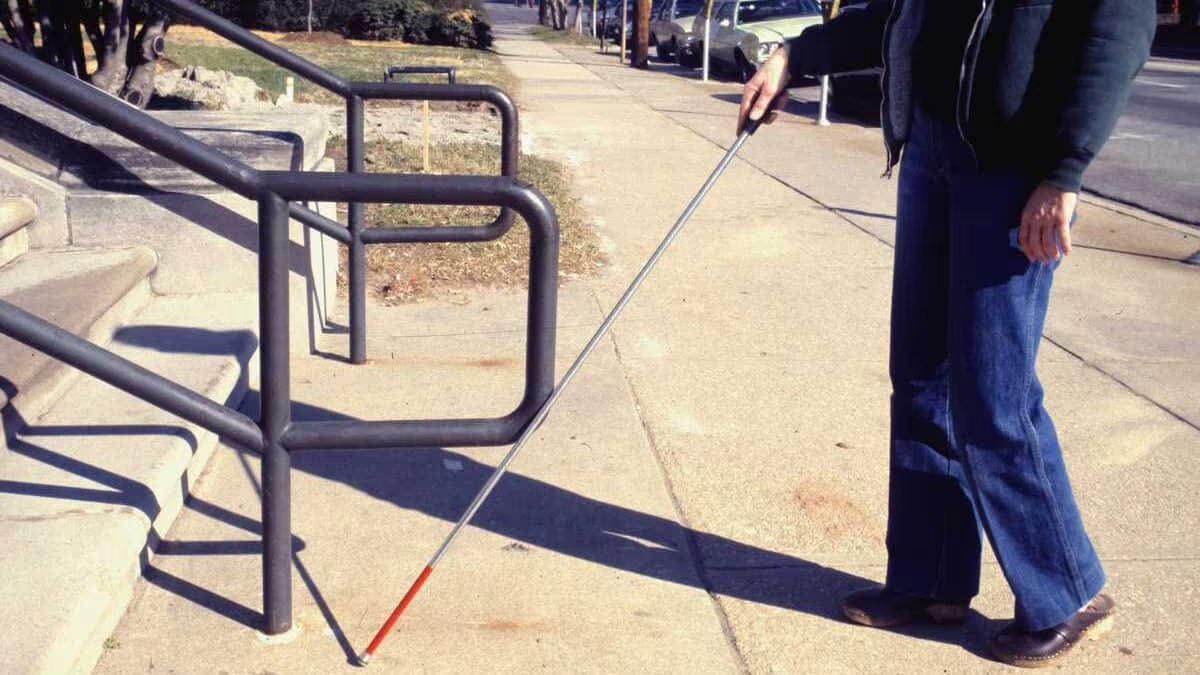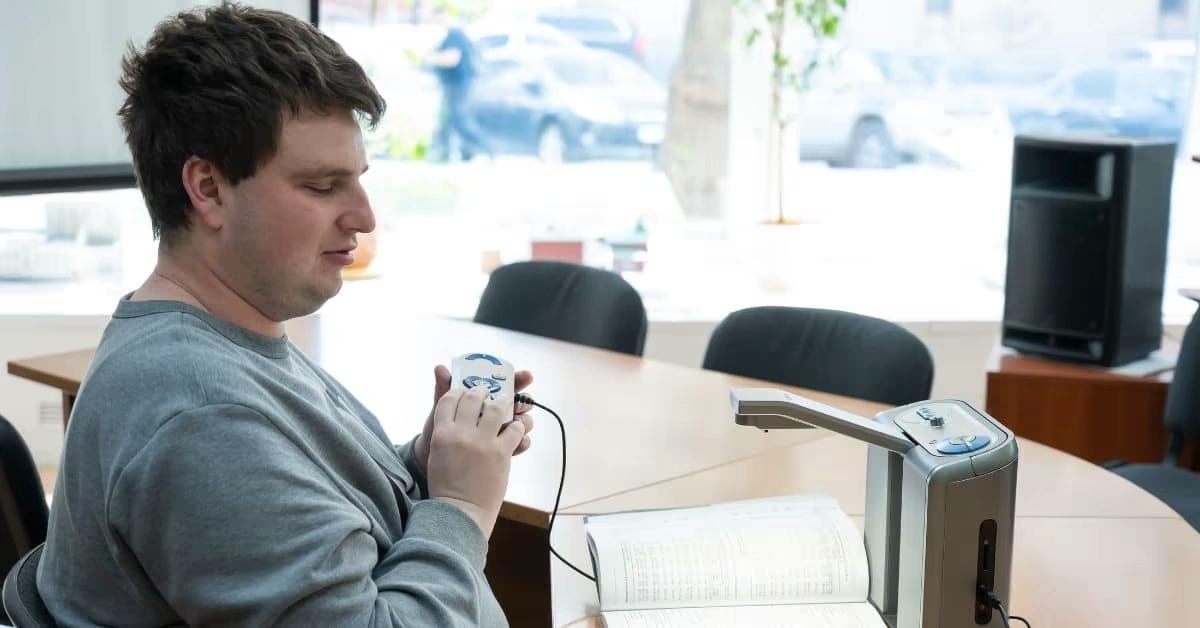Who are Visually Impaired People?
Visually impaired people are individuals who have partial (low vision) or complete loss (blind people) of vision. This ranges from mild visual impairments, such as near-sightedness or color blindness, to severe visual impairments, such as complete blindness. Visually impaired individuals have difficulty with daily tasks that require vision, such as reading, writing, and navigating unfamiliar environments.
What is Reading Assistance?
Reading assistance refers to tools, technologies, or services that help individuals with reading difficulties or disabilities, such as visual impairments, dyslexia, or cognitive impairments, to access and understand written materials. These tools and technologies range from simple aids, such as magnifying glasses or large print books, to more sophisticated assistive technologies, such as text-to-speech software, braille displays, and screen readers.
The goal of reading assistance is to provide equal access to information. This allows individuals with reading difficulties or disabilities to participate fully in society.
Why Do Visually Impaired People Use Reading Assistance?
Visually impaired people use reading assistance because they have difficulty seeing written materials or may be completely blind, making it challenging for them to access written information. Reading assistance provides a way for these individuals to access and understand written materials, enabling them to participate in daily life and achieve their full potential.
What are the Best Reading Assistances for Visually Impaired People?
There are several assistive technologies available for visually impaired people to help them with reading.
- Text-to-Speech (TTS) software: Converts written text into spoken words, allowing users to listen to their books, emails, or other written materials.
- Braille Displays: A device that converts digital text into Braille, allowing blind users to read by touch.
- Screen Readers : Software that provides verbal descriptions of what’s on the screen, allowing blind users to use computers, smartphones, and other devices.
- Audiobooks: Pre-recorded books, either on CD or as digital downloads.
- Electronic Book Readers: Devices specifically designed for reading digital books, some of them have built-in text-to-speech capabilities and magnification and high contrast features.

What are the Low Vision Devices for Reading?
- Magnifiers : Magnifiers are one of the most cost-effective low-vision reading aids, and some make the print even more visible. There are other magnifiers on height-adjustable platforms or supported by a strap that goes around your neck.
- Reading glasses : A person with limited vision benefits from special high-power reading glasses to help them read the small print. These are single-vision or bifocals. A low-vision specialist shows you how to use them effectively.
- Telescopes for reading : These low-vision aids are typically near the lenses of eyeglasses and give great magnification while allowing the wearer to read from a normal distance.
- Video Magnifiers : A camera lens is in these desktop devices, which shows dramatically magnified images on a video monitor or computer screen. You may change the magnification, brightness, contrast, and color of the display to your preference by sitting as near to the screen as necessary.
-
Electronic magnifiers
: Portable electronic gadgets that mimic an iPad or other lightweight tablet computers are also available. When you place this device in front of the reading material, the LED screen displays a magnified perspective. Electronic video magnifiers, formerly called CCTVs, come in a variety of styles:
- Desktop video magnifiers with flat screens ranging from 19-27 inches wide,
- Handheld video magnifiers with screens as small as three inches, usually with rechargeable batteries for portability,
- Custom designed or personalized from a smartphone or tablet; for example, projecting the image of a smartphone camera onto a television screen using Chromecast or Apple TV.
- Low-Vision Glasses : Low-vision glasses comprise a light attachable camera mounted on a pair of glasses. They help people suffering from low vision read better, it is also helpful in a handful of other activities like barcode identification, face recognition, and product identification.
- Text-to-speech devices or OCR : There are several cool devices on the market, such as the OrCam Read, that recognize text from books, phone displays, computer monitors, and other sources and convert it to computer voice.
Here is a list of preferred screen reader and TTS software:
Speaktor is an artificial intelligence voice generator with text-to-speech software that has a high-quality voice API that is great for e-learning.
This is a program that you access through your mobile app and on a desktop or laptop computer. You have plenty of natural-sounding speech options that will talk to you in real-time.
Speaktor provides text-to-speech AI voices in many different languages including English, Italian, Spanish, Polish, Portuguese, Dutch, and Korean.





 Dubai, UAE
Dubai, UAE